This as-told-to essay is based on a conversation with Ho Liao, a senior data engineer at BP in Austin, Texas. This text has been edited for length and clarity.
Two years ago, my family and I embarked on a transformative journey, leaving the bustling tech hub of the Bay Area in California for the vibrant and rapidly growing city of Austin, Texas.
Our move was met with skepticism from friends who warned us that we would regret our decision.
One even confidently predicted that we’d be back within a year, complaining about the heat, the boredom, and the lack of an Asian community.
Fast forward six months, and we were pleasantly surprised to find that three other families we knew had followed us to Austin.
Here’s a detailed account of why we made the move, our experiences in this new city, and the lessons we’ve learned along the way.
Background
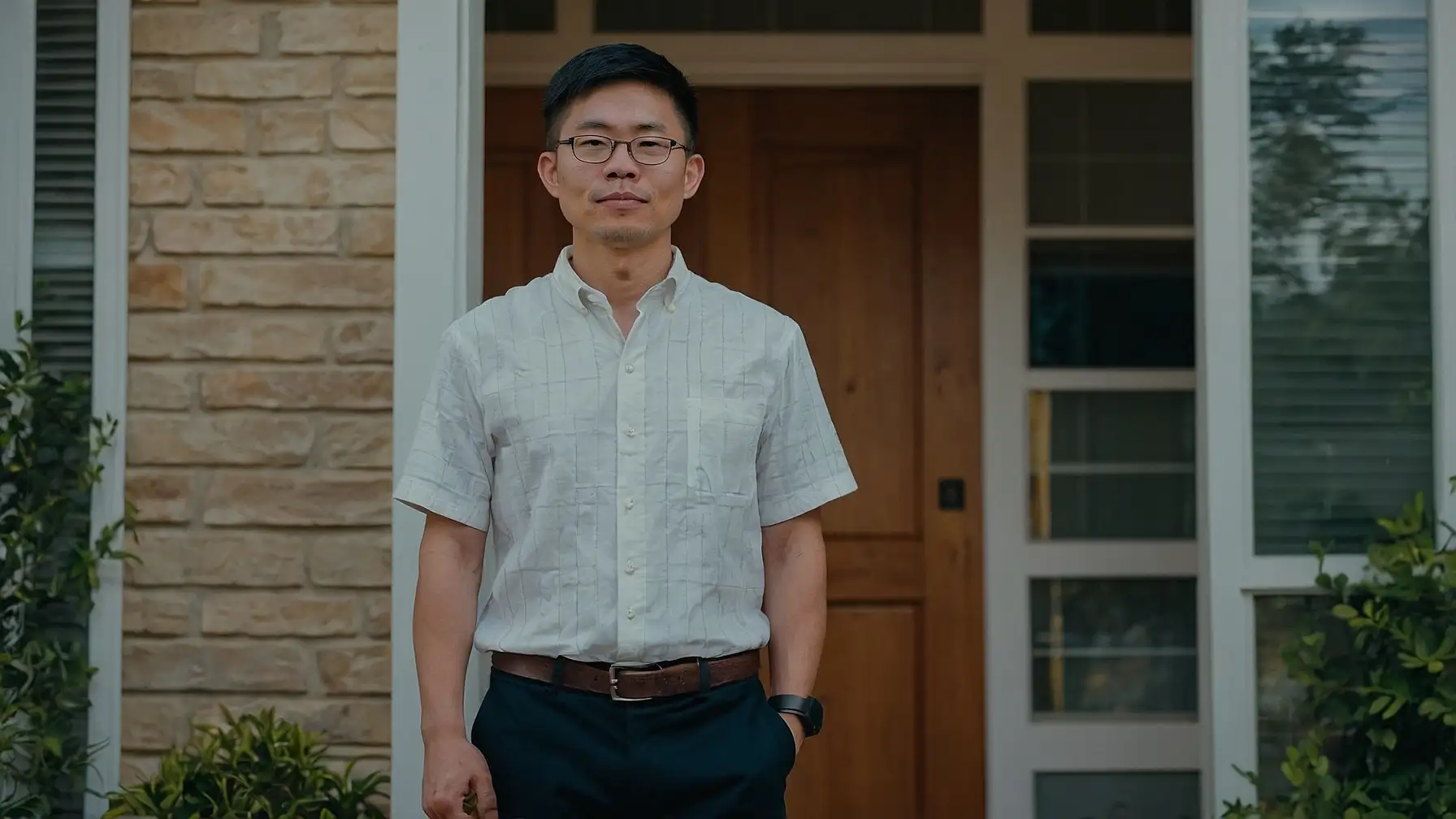
My Life in the Bay Area
My career at Google anchored me in the Sunnyvale-Mountain View area of the Bay Area for a decade.
Since graduating from college, California had been my home.
My partner and I appreciated the professional opportunities and the vibrant tech community that surrounded us.
However, as we navigated the challenges of the pandemic in 2020, we began to contemplate the future.
The Bay Area’s social culture and safety were evolving in ways that made us uneasy.
As immigrants, we felt a growing urge to explore other parts of America, seeking a place that might better suit our long-term goals and our growing family’s needs.
Considering the Move
At the time, our family included a four-year-old and a newborn.
We were keenly aware that the window of opportunity for a smooth transition was closing.
Once our children were settled in schools and developed their own social networks, relocating would become exponentially more difficult.
The birth of our new baby provided a natural pause in our professional lives, granting us the time to seriously consider our options.
In late 2020, we decided to take a road trip to Orange County and Irvine in Southern California.
While we enjoyed these areas, we weren’t entirely convinced that they were the right fit for our next chapter.
Initial Exploration
Road Trip to Southern California
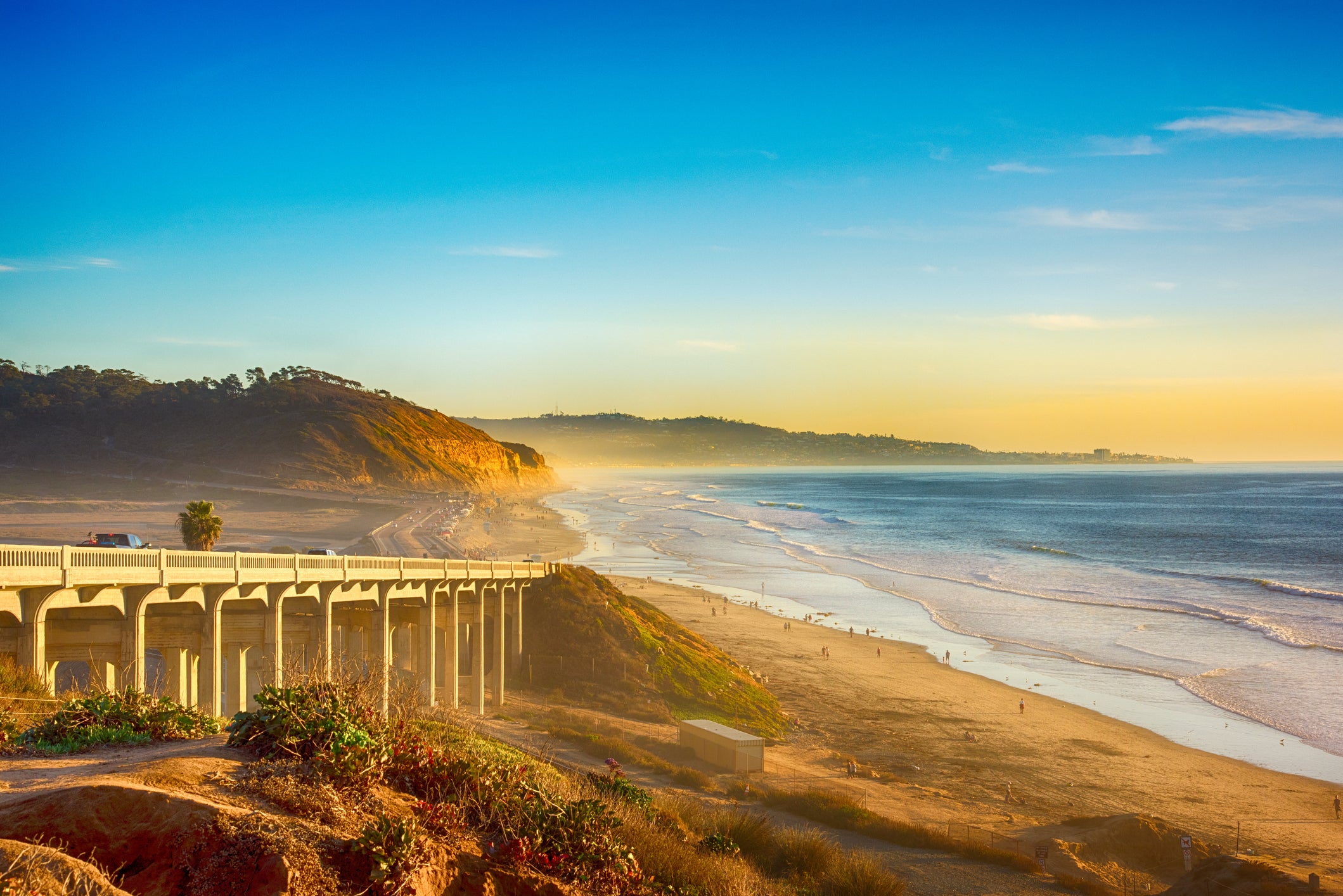
Our exploratory trip to Southern California was more of a trial run than a serious scouting mission.
We enjoyed the coastal beauty and the relatively laid-back vibe of Orange County and Irvine, but something was missing.
We returned to the Bay Area with a sense of unfinished business, feeling that we hadn’t yet found the place that resonated with our aspirations and values.
The Oracle Factor
Impact of Oracle’s Relocation to Austin

The turning point in our deliberations came with the surprising news that Oracle was relocating its headquarters to Austin, Texas.
Having interned at Oracle in the past, I knew this was a significant move that could signal broader shifts within the tech industry.
This revelation piqued our interest and expanded our horizons beyond California.
We decided to take a five-day road trip to Austin, braving the journey with our newborn.
It was a challenging but eye-opening experience.
Austin’s distinct character and the promise of new opportunities began to appeal to us in ways that Southern California hadn’t.
Decision-Making and Relocation
Exploring Austin
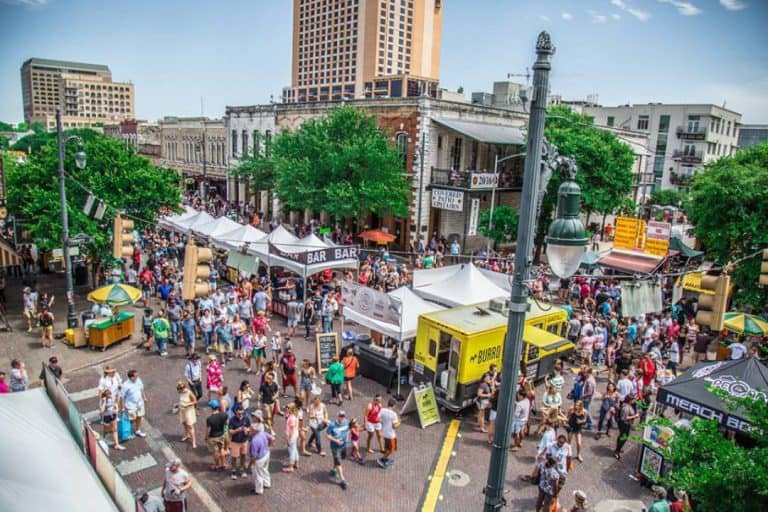
During our road trip, we spent five days immersing ourselves in the Austin lifestyle.
The city was markedly different from the Bay Area, yet it had a unique charm that drew us in.
Around Christmas, we decided to take the plunge.
I contacted a real estate agent and began the process of buying a house in Austin.
Concurrently, I inquired with Google about the possibility of an internal transfer to their Austin office, which was approved.
However, before the transfer could be finalized, I received an offer to join BP in Austin as a vice president.
This offer solidified our decision, and in June 2021, we made the move.
Early Impressions and Experiences
First Impressions
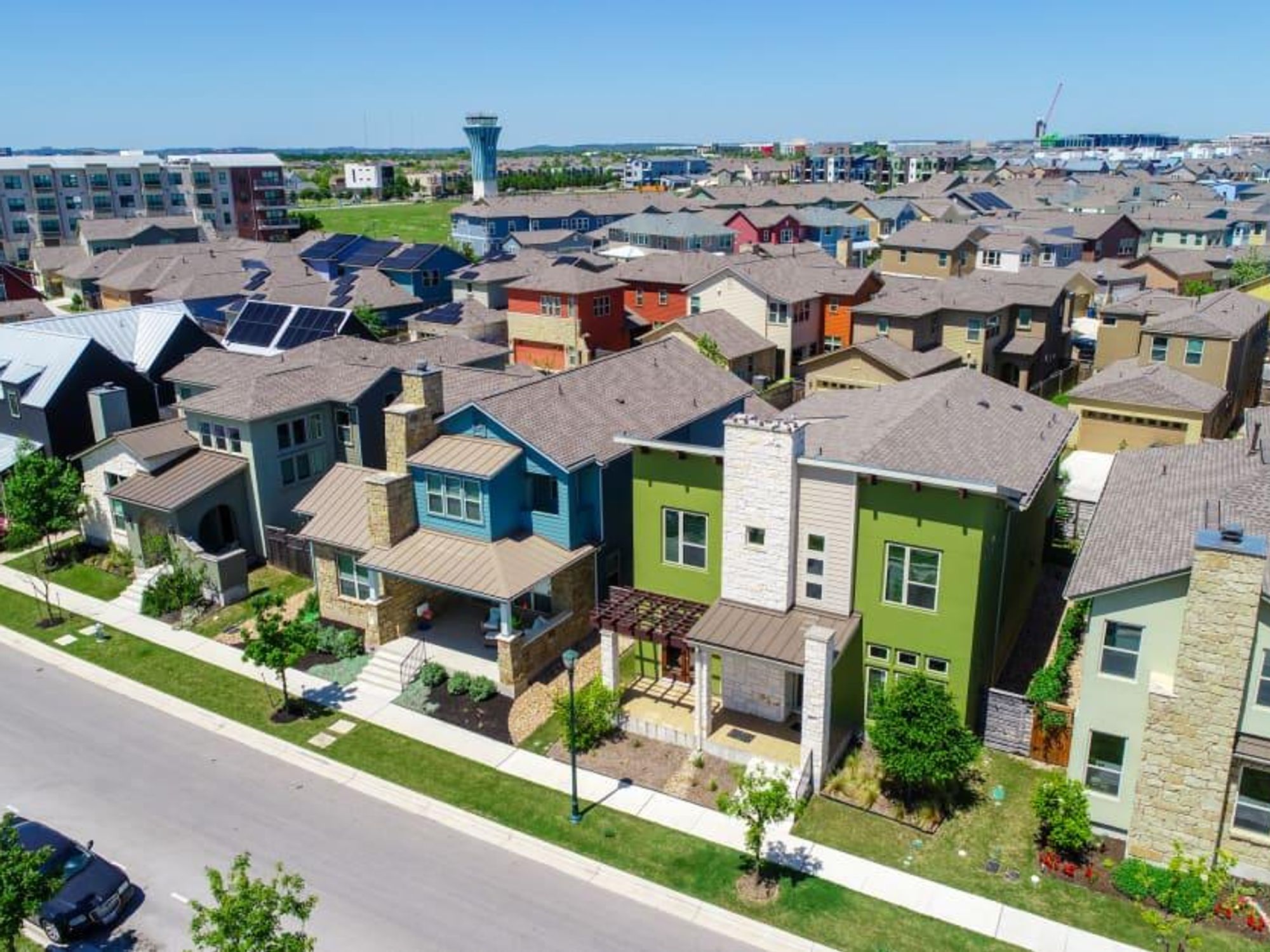
Our initial impressions of Austin were mixed but largely positive.
The housing market was more competitive than we had anticipated, though still not as prohibitive as the Bay Area’s.
One of the most striking differences was the friendliness of the people.
In Austin, strangers would wave at us from their cars, a gesture of goodwill that felt alien coming from California.
This small-town friendliness took some getting used to but quickly became one of the endearing aspects of our new home.
Cultural and Demographic Differences
Austin’s demographic makeup was another notable difference.
While the Asian population here is smaller than in the Bay Area, the overall diversity seemed richer.
In the Bay Area, the international community is predominantly from Asian countries, creating a somewhat homogeneous expat experience.
Austin, on the other hand, offered a mosaic of different cultures and backgrounds.
Meeting people from various professions—ranging from husbandry to chemistry—added a new dimension to our social interactions that we hadn’t experienced in California.
Cost of Living Comparisons
Financial Differences

Financially, Austin presented a mixed bag.
For Texas, Austin is relatively expensive, but it’s still cheaper compared to the astronomical cost of living in the Bay Area.
The lower housing costs and overall living expenses made a noticeable difference to our budget.
However, this perception isn’t universal.
Friends who moved from other parts of the US to Austin sometimes found the city pricier than they had expected, leading some to relocate again to places like Dallas.
On average, though, I’d estimate that our living costs dropped by 20% to 30% after the move.
Living in Austin: Pros and Cons
Infrastructure Challenges

Living in Austin comes with its own set of challenges, particularly regarding infrastructure.
The city’s rapid growth has outpaced its infrastructure development, resulting in significant traffic congestion.
Roadwork seems to be a constant, yet the improvements aren’t happening quickly enough to keep up with the influx of new residents.
Additionally, finding reliable service providers like handyworkers, plumbers, and electricians has been difficult.
The high demand means these professionals are often overbooked and inconsistent in quality.
On the upside, this situation has pushed me to develop some DIY skills, which has been an unexpected but rewarding aspect of our new life.
Weather and Seasons

Another major adjustment has been the weather.
Unlike San Francisco’s relatively stable climate, Austin experiences all four seasons in full force.
Winters can be harsh, with icy conditions that have the potential to damage pipes and cause trees to fall.
Summers, on the other hand, are brutally hot, making outdoor activities for the kids nearly impossible.
However, during the milder seasons, Austin’s natural beauty shines.
The city’s proximity to the river and the scenic Hill Country offers ample opportunities for outdoor adventures.
Accessibility and Travel
Local and International Travel
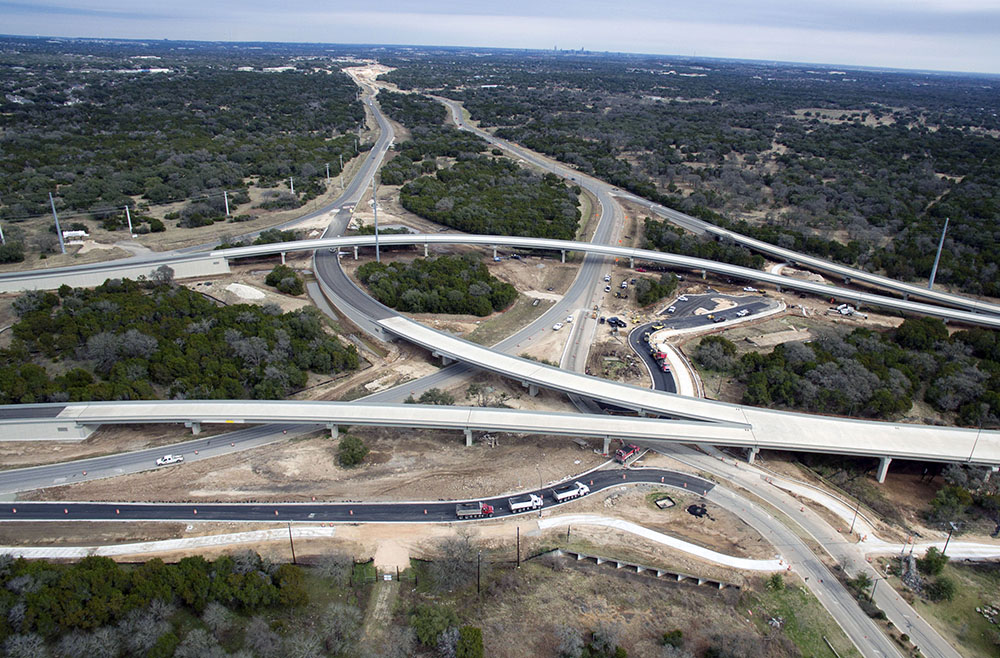
In terms of accessibility, Austin offers both advantages and drawbacks.
The city is well-connected by road, making it easy to drive to nearby cities like Dallas, San Antonio, and Houston within three hours.
However, for international travel, Austin is less convenient than a major hub like San Francisco.
When my parents fly in from Beijing, they used to have multiple direct flight options to the Bay Area.
Now, I have to meet them in San Francisco and accompany them to Austin due to the lack of direct flights and their inability to navigate English-speaking airports on their own.
The connecting flights often being scheduled in the middle of the night adds another layer of complexity.
Neighborhood Dynamics
North vs. South Austin

Austin’s growth is most evident in its neighborhoods, particularly the divide between North and South Austin.
The northern part of the city is booming with new developments, primarily driven by the tech industry’s expansion.
This area is becoming increasingly reminiscent of the Bay Area, with its tech hubs and associated amenities.
We chose to settle in South Austin, which is more family-friendly and greener.
It also had the school we wanted for our kids.
This decision came with its trade-offs, such as fewer Asian grocery stores and other conveniences.
North Austin’s rapid transformation makes it feel too much like the Bay Area we left behind, reinforcing our choice to live in the southern part of the city.
Reflections on Change
Observations on Austin’s Growth

In the two years we’ve lived here, the changes have been rapid and profound.
The north and east parts of Austin are filling up with new property developments, and significant infrastructure projects like the expansion of Highway 290 from two lanes to six are underway.
While I’m excited about the city’s potential for growth, I also harbor concerns about it becoming too similar to the Bay Area.
I hope that Austin’s development can be more organized and sustainable, preserving the unique qualities that attracted us here in the first place.
Advice for Potential Movers
Considerations for Moving

For those contemplating a move to Austin from the Bay Area, my primary advice is to have a clear purpose.
Don’t relocate just because you’re enticed by the prospect of a bigger house.
Austin, despite its charms, requires certain sacrifices.
You’ll face more extreme weather, fewer conveniences, and a different pace of life.
Your motivation should be something meaningful—whether it’s better educational opportunities for your children or a desire for a more diverse community.
Personal Recommendations

Many people assume Austin is far more affordable than it actually is.
While there are savings to be had compared to places like San Francisco, it’s essential to approach the move with realistic expectations.
Austin is an interesting and beautiful city, but it’s not for everyone.
For those who can embrace its unique blend of old-school charm and rapid modernization, it offers a rewarding lifestyle.
Conclusion
Reflecting on our move, I can confidently say that it has been a positive and enriching experience.
Despite the challenges, we’ve grown to love Austin and its vibrant community.
We’ve discovered new interests, made lasting friendships, and adapted to a lifestyle that balances the excitement of urban growth with the tranquility of nature.
Austin may not be the right fit for everyone, but for us, it has become a place we’re proud to call home.


